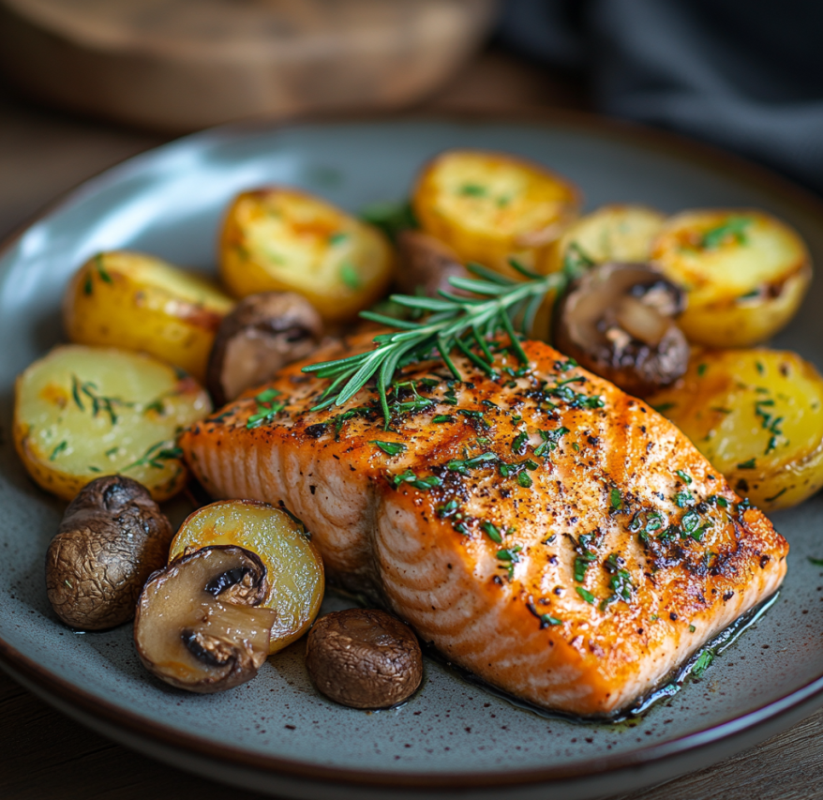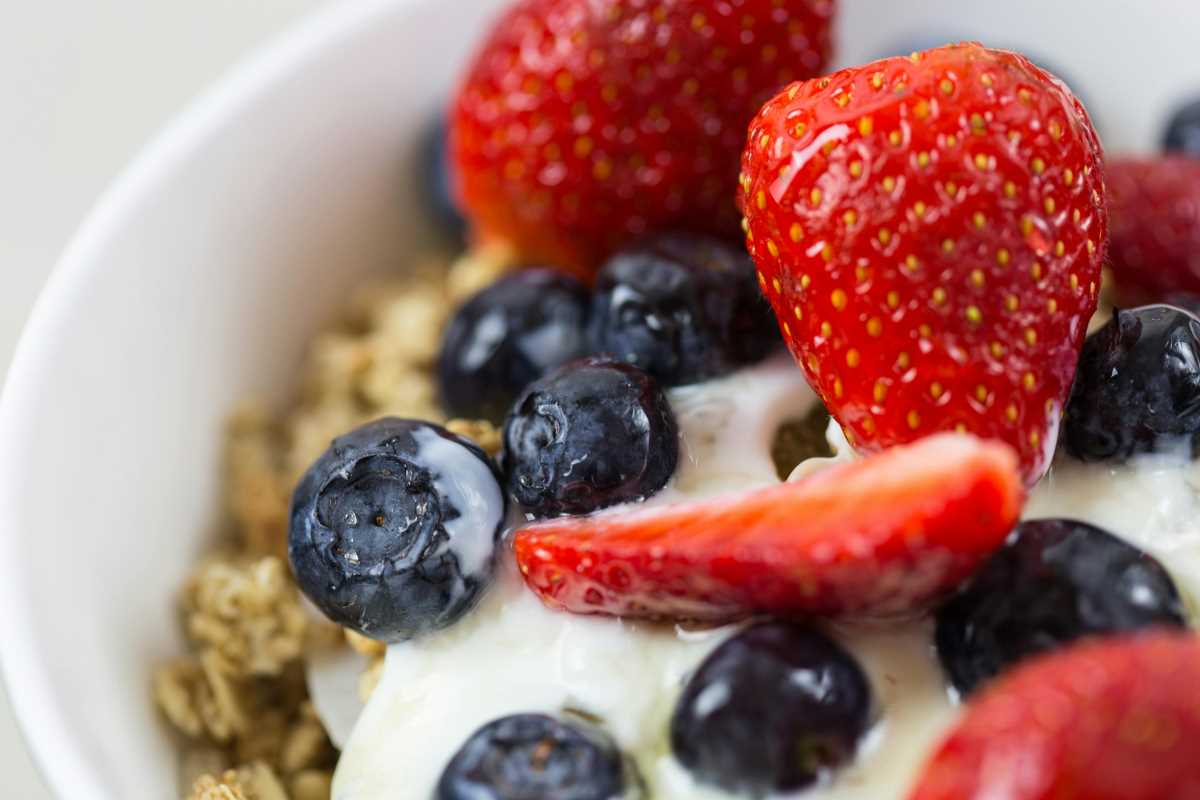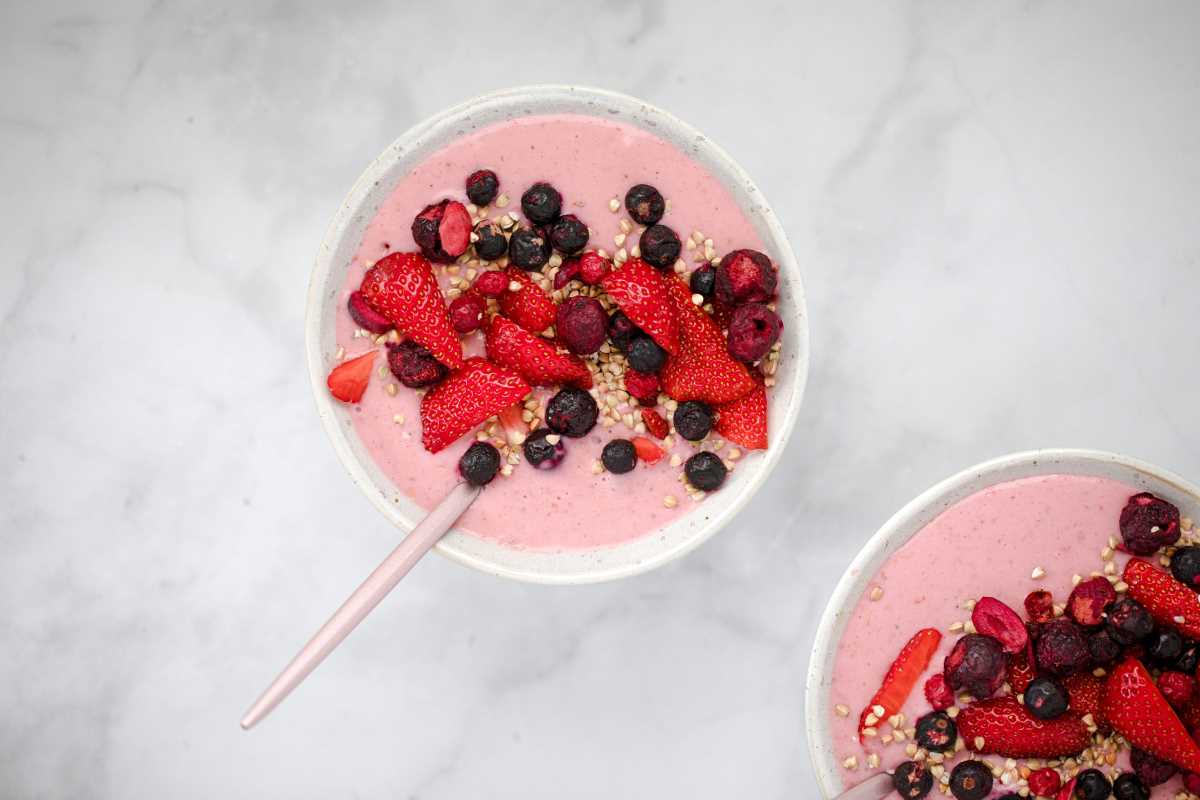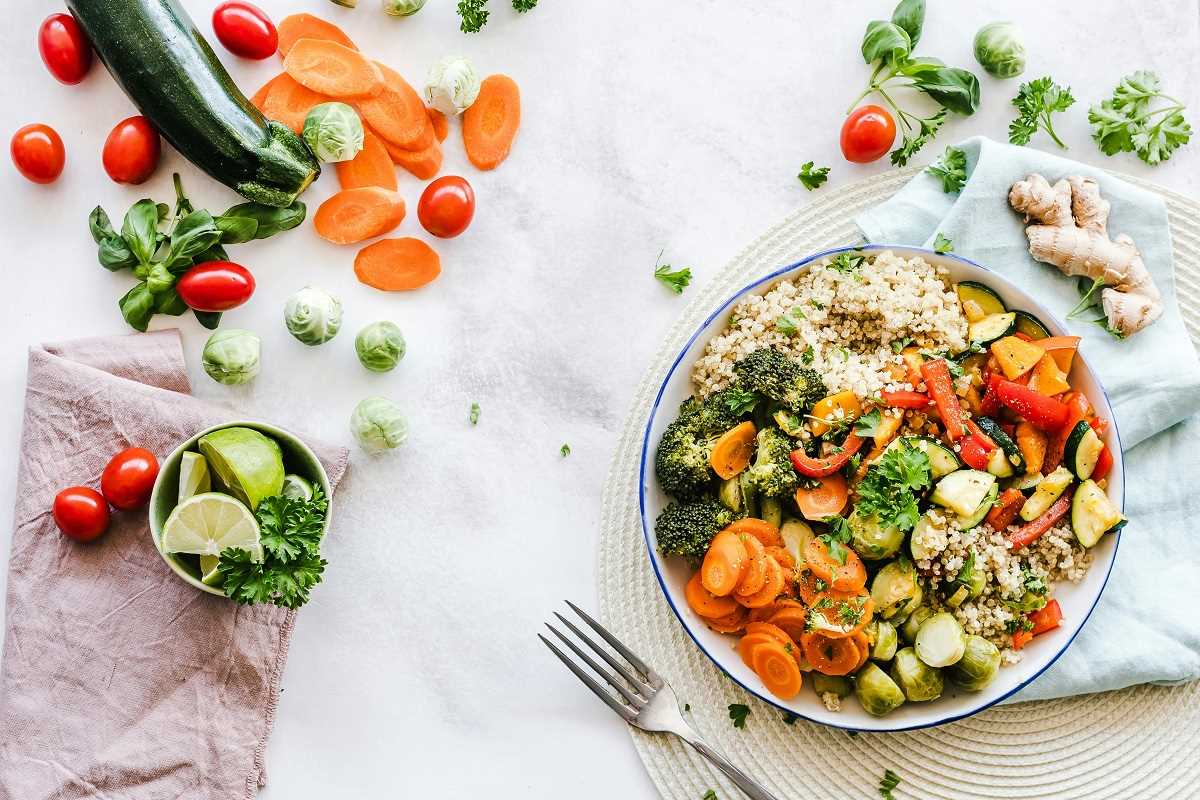Most of us know the feeling of wanting to change the way we eat but not knowing exactly where to start. Maybe you’ve been looking for ways to feel better, have more energy, or figure out which foods work best for your body. If so, the Whole30 diet might be just the reset you’re searching for.
This popular eating plan is designed to do more than just help you shed a few pounds. It’s about hitting the "reset" button on your habits, identifying foods that might not work well for you, and discovering ways to nourish your body in a way that feels sustainable and long-term.
If you’re ready to learn more, keep reading! We’ll break it down step by step so you can decide if the Whole30 is the right fit for you.
What is the Whole30 Diet?
The Whole30 diet isn’t just another quick-fix weight-loss program. Instead, it’s a 30-day challenge aimed at cutting out certain foods that may be causing inflammation, low energy, or even cravings. By removing these common "problem foods" for a full month and then slowly reintroducing them, the focus is on understanding how your body reacts to different foods.
During the 30 days, your meals center around whole, unprocessed foods. This includes vegetables, fruits, proteins, and healthy fats. Meanwhile, you hit pause on things like sugar, alcohol, grains, dairy, legumes (beans and peanuts), and processed foods.
But here’s the good news—even with some restrictions, you’ll find plenty of delicious recipes that fit within the guidelines, and you won’t be counting calories or logging points. It’s all about eating when you're hungry and stopping when you're full.
Why Try the Whole30 Diet?
The Whole30 isn’t a permanent diet. It’s a short-term strategy designed to create long-term benefits. Here’s why so many people have given it a try and stuck with some of its principles beyond the initial 30 days.
1. Discovering Food Sensitivities
Sometimes, our bodies react poorly to certain foods, and we don’t even realize it. Maybe bloating, sluggishness, or joint pain has become “normal” for you. The Whole30 helps you press pause, giving your body a chance to heal and reset. Once the 30 days are over, you slowly reintroduce the eliminated foods one by one to see if any specific ingredient causes issues.
2. Breaking Unhealthy Habits
Using wine to wind down each evening? Reaching for a bag of potato chips without thinking? The Whole30 encourages you to take a closer look at those habits. While you’re making healthy changes for 30 days, you can begin forming new, more mindful routines around eating.
3. More Energy and Better Sleep
Many people report waking up with more energy and getting better rest after just a couple of weeks on the program. That’s because Whole30 focuses on nutrient-dense foods that help fuel your body more effectively.
4. Reducing Cravings
Tired of feeling like sugar has a hold on you? Because the Whole30 eliminates added sugars and artificial sweeteners, your taste buds reset, and you may find that foods like fruit suddenly taste sweeter and more satisfying.
The Whole30 Food Rules, Simplified
You may be wondering exactly what’s allowed and what you need to skip. While the full guidelines are quite detailed, here’s an easy breakdown to get you started.
What to Eat on Whole30
- Vegetables: Think of all the greens, colorful bell peppers, carrots, and more! From roasted broccoli to salads, veggies are your new best friend.
- Fruits: A handful of berries or a juicy apple can make for a great snack.
- Lean Proteins: This includes chicken, turkey, eggs, fish, and beef (as long as it’s unprocessed).
- Healthy Fats: Avocados, olive oil, and nuts (except for peanuts) are encouraged. These help you stay full and satisfied.
- Herbs and Spices: No bland meals here! Load up on flavor with natural herbs and spices.
What to Avoid on Whole30
If you’re committing to the challenge, here’s what you’ll cut out for 30 days:
- Added sugars (real or artificial)
- Alcohol
- Dairy (goodbye, milk and cheese—for now!)
- Grains (including rice, wheat, and corn)
- Legumes (like beans, soy, and peanuts)
- Processed foods
It might sound like a lot, but the goal is to focus on foods that are as close to their natural state as possible.
Meal Planning Tips for Success
It can seem like a big adjustment, but with a little planning, Whole30 becomes much more manageable. Here are some tips to help ensure your success.
1. Plan Your Meals in Advance
Start each week by planning out your meals and snacks. Knowing what’s on the menu can keep you from reaching for off-plan foods.
2. Stock Your Pantry with Whole30 Staples
Some essentials you might want on hand include eggs, chicken, fresh vegetables, fruits, olive oil, and spices. Keeping your kitchen well-stocked makes it easier to throw together a meal.
3. Prep Ahead
Chop veggies, pre-cook proteins, and portion out snacks at the beginning of the week. These small steps can make sticking to the plan so much simpler.
4. Don’t Be Afraid to Experiment
Whole30 is a great opportunity to try new recipes and flavors. Ever cooked with spaghetti squash or zoodles (zucchini noodles)? Now’s the time to get creative in the kitchen!
5. Find a Support System
Whether it’s a family member, friend, or online group, having someone to share the experience with can be incredibly helpful for motivation and accountability.
What to Expect During Your Whole30
The first few days might feel like an adjustment as your body gets used to cutting out sugar and other processed foods. Some people experience sugar cravings, fatigue, or irritability during the first week, but don’t worry—that’s normal!
By the second week, many participants report feeling more energetic and clear-headed. By the end of the 30 days, the benefits really start to shine through.
Making Whole30 Work for You
The beauty of Whole30 is its flexibility. It doesn’t expect perfection, and it’s not a life sentence. After the 30 days are up, it’s all about what you’ve learned. Reintroduce foods slowly, paying attention to how your body responds. You may decide to continue some Whole30 habits, like prioritizing vegetables at every meal or limiting sugar.
And remember, even if you don’t follow the plan perfectly, choosing whole, real foods more often can still be a step in the right direction.
Is Whole30 Right for You?
If you’re looking for a fresh start with your eating habits, Whole30 could be a great way to experiment. It encourages you to focus on real, nutritious food without complicated calorie counting or crash dieting.
As with any new diet or eating plan, however, it’s always a good idea to consult with a healthcare provider, particularly if you have underlying health conditions.
It’s never too late to prioritize your health and try something new. The Whole30 program offers a straightforward approach to cleaning up your diet and understanding how food affects your body and mind.
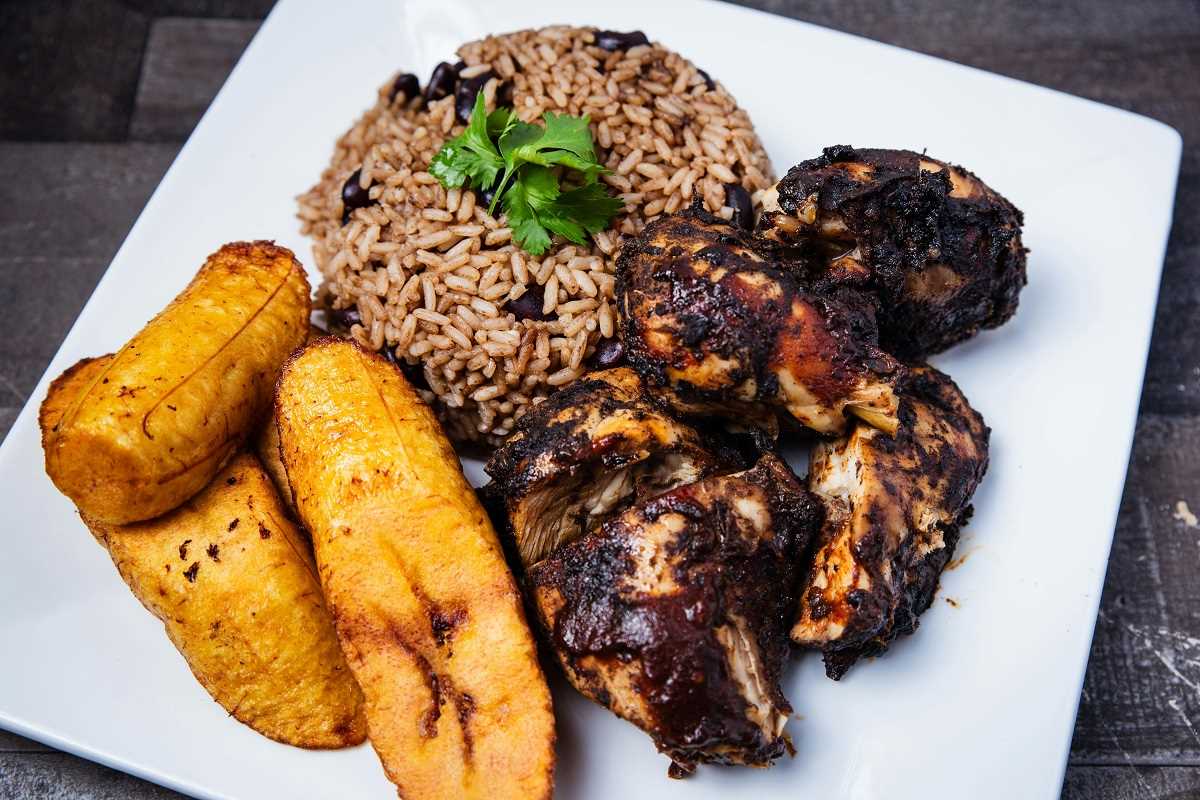 (Image via
(Image via
